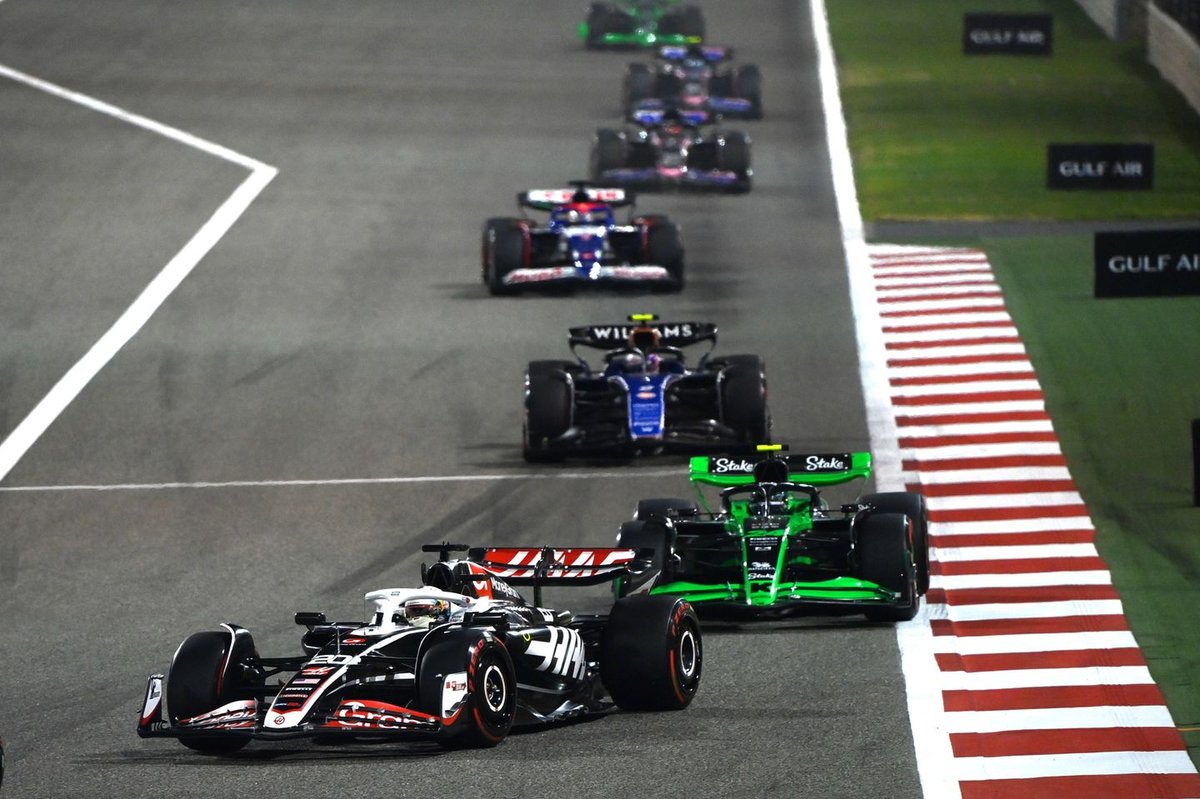Last year, it became a familiar sight to see Haas drivers falling behind and opting for early tire changes on Sundays, often squandering promising grid positions. Addressing this issue became a primary focus for the team in designing the VF-24, with extensive testing in Bahrain dedicated to assessing performance over long runs.
Despite limited experience with low fuel, Nico Hulkenberg provided a morale boost by clinching a spot in Q3 and securing 10th place on the Bahrain GP grid. However, his race was marred by a first-corner incident and an unscheduled pit stop for a new nose.
On the flip side, Kevin Magnussen showcased a commendable performance, climbing to 12th from his 15th place starting position, indicating a marked improvement in Haas’ race performance compared to the previous season.

Team Principal Komatsu expressed satisfaction with the progress made despite setbacks encountered during the VF-23 development phase, which impeded work on its successor.
He admitted surprise at the competitive showing, particularly against larger teams like Sauber, RB, Williams, and Alpine, acknowledging the challenge posed by their delayed start and subsequent catch-up efforts.
Komatsu emphasized the need for aggressive development given initial expectations of trailing behind in Bahrain. However, he acknowledged the necessity for adjustments based on newfound insights from the VF-24’s performance, hinting at ongoing refinement throughout the season.
